Why Do Some People Love Certain Movies And TV Shows While Others Hate Them
The Emotional And Cultural Puzzle Of Taste Of Movie And TV Shows Art
Why Do Some People Love Certain Movies And TV Shows While Others Hate Them? The divide in how people respond to movies and TV shows is one of the most intriguing aspects of modern entertainment. A single title can be hailed as a masterpiece by some and dismissed as overrated by others. These reactions are rarely random—they’re shaped by a complex blend of personal identity, emotional history, cultural background, and psychological needs. Entertainment is not just passive consumption; it’s a mirror, a comfort, a challenge, and sometimes a confrontation. What we love or hate often reveals more about us than about the content itself.
Personal Identity – Media As A Mirror Of The Self
Movies and shows often resonate when they reflect aspects of our identity. A viewer who sees their own struggles in a character’s arc may feel validated and emotionally connected. This sense of recognition fosters loyalty and affection toward the content. Conversely, when a narrative contradicts a viewer’s values or worldview, it can provoke discomfort or rejection. For example, someone who values independence may admire rebellious protagonists, while someone who prioritizes tradition may find them abrasive. These reactions are not arbitrary—they’re rooted in self-perception and aspiration. Media becomes a symbolic extension of the self. When it aligns, it feels affirming; when it clashes, it feels alienating. This dynamic explains why one person’s favorite show may be another’s least favorite. Identity shapes interpretation, and interpretation shapes emotional response.
| Identity Trait | Preferred Character Type | Likely Reaction To Opposite Type |
|---|---|---|
| Independence | Rebels, loners | Dislike authority-driven plots |
| Tradition | Loyal, family-oriented | Reject chaotic or rebellious arcs |
| Empathy | Vulnerable, emotionally open | Avoid emotionally distant leads |
| Ambition | Driven, strategic | Dislike passive or aimless roles |
Movie And TV Shows Love Hate Relationship
Cognitive Load – The Comfort Of Familiarity
After a long day, many viewers gravitate toward familiar content. Rewatching known shows reduces cognitive effort and provides emotional safety. Predictable plots and characters offer a sense of control and stability. This is why comfort shows like “Friends” or “The Office” are repeatedly streamed. The brain seeks ease when overwhelmed, and familiar media delivers it. On the other hand, viewers craving novelty or intellectual stimulation may find these same shows dull. The need for either stimulation or relaxation determines whether a show feels comforting or tedious. Cognitive load influences not just what we watch, but how we feel while watching. Familiarity soothes, while novelty energizes. The balance between these needs varies from person to person and even day to day.
| Viewer State | Preferred Content Type | Reaction To Opposite Type |
|---|---|---|
| Stressed | Familiar, low-stakes | Overwhelmed by complex plots |
| Curious | New, intellectually rich | Bored by repetitive content |
| Tired | Light, humorous | Avoids intense or dark themes |
| Energized | Fast-paced, layered | Dislikes slow or predictable arcs |
Nostalgia – Memory As A Lens For Enjoyment
Nostalgia creates powerful emotional bonds with media. A movie watched during childhood becomes anchored to that time, evoking warmth and familiarity. The soundtrack, dialogue, and visuals trigger memories, making the experience deeply personal. This emotional connection can override objective critique. A viewer may love a film not for its craft but for its sentimental value. However, someone without that emotional history may find the same film outdated or irrelevant. Nostalgia is not universal—it’s a private lens. It explains why some viewers rewatch the same titles endlessly while others never revisit them. The emotional comfort of nostalgia is a form of psychological self-care. It’s less about the content and more about the feeling it evokes.
| Nostalgic Trigger | Emotional Response | Viewer Without Nostalgia |
|---|---|---|
| Childhood setting | Comfort, warmth | May find it simplistic |
| Iconic soundtrack | Sentimental connection | May find it cheesy or dated |
| Familiar cast | Emotional familiarity | May lack attachment |
| Cultural moment | Shared memory | May miss context or relevance |
Genre Preference – The Architecture Of Taste
Genre is one of the most immediate filters through which viewers assess a movie or show. Some people are drawn to the suspense and complexity of psychological thrillers, while others prefer the emotional warmth of romantic dramas or the escapism of fantasy. These preferences often form early, shaped by childhood exposure, cultural norms, or emotional needs. A viewer who grew up watching science fiction may associate the genre with imagination and possibility, while someone raised on historical dramas may value realism and gravitas. Genre also signals narrative structure—comedies promise resolution through laughter, while horror thrives on tension and ambiguity. When a show violates the expected structure of its genre, it can alienate fans or attract new ones. For example, a romantic comedy that ends in tragedy may be seen as bold by some and as a betrayal by others. Genre loyalty can be fierce, and crossing genre boundaries often provokes strong reactions. Ultimately, genre acts as a shorthand for emotional tone, pacing, and thematic focus. Whether a viewer embraces or rejects a title often depends on whether it fits their genre comfort zone like murder mysteries are not for all.
| Genre | Emotional Function | Common Viewer Traits | Likely Turn-Offs |
|---|---|---|---|
| Comedy | Relief, social bonding | Extroverted, light-hearted | Dark or slow-paced narratives |
| Horror | Adrenaline, catharsis | Thrill-seeking, emotionally intense | Predictable or sentimental plots |
| Drama | Empathy, introspection | Reflective, emotionally literate | Slapstick or shallow storytelling |
| Sci-Fi/Fantasy | Imagination, escape | Curious, abstract thinkers | Realism-heavy or slow narratives |
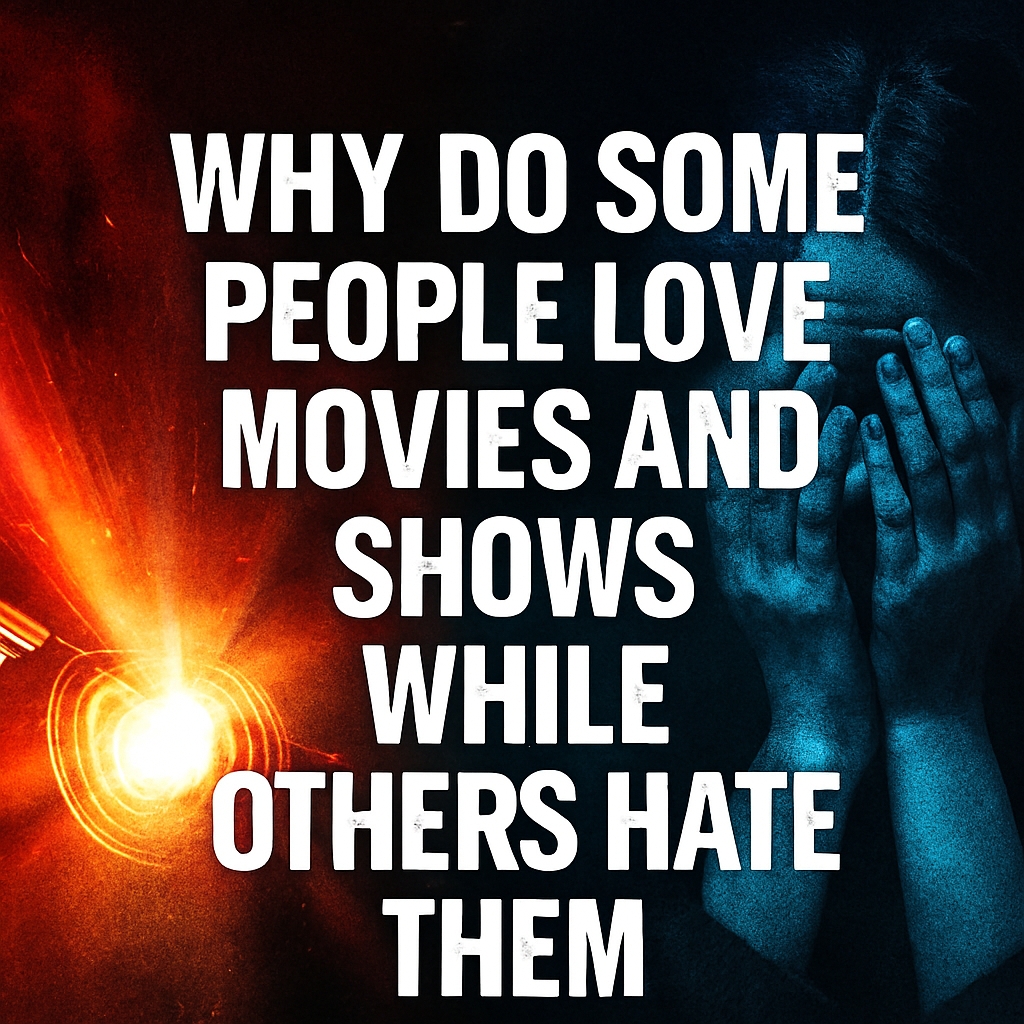
Social Influence – Peer Validation And Rebellion
Media consumption is rarely a solitary act—it’s embedded in social ecosystems. Friends, family, and online communities shape what we watch and how we feel about it. When a show becomes a cultural phenomenon, viewers may feel pressure to join the conversation. This can enhance enjoyment through shared experience or provoke resistance in those who dislike conformity. Some viewers embrace popular titles to feel included, while others reject them to assert individuality. Social media amplifies these dynamics, turning personal taste into public performance. A viewer might exaggerate their love or hate for a show to align with their online identity. At the same time, shared nostalgia or group rituals—like watching a finale together—can deepen emotional investment. Social influence doesn’t just affect what we watch; it shapes how we interpret and remember it. In this way, taste becomes a social signal as much as a personal preference.
| Social Factor | Viewer Behavior | Emotional Outcome |
|---|---|---|
| Group enthusiasm | Increased enjoyment | Sense of belonging |
| Peer pressure | Forced viewing | Resentment or disinterest |
| Rebellion | Avoids popular content | Pride in uniqueness |
| Shared nostalgia | Emotional bonding | Reinforced affection |
Moral Alignment – Ethical Resonance And Rejection
Viewers often evaluate stories through a moral lens, consciously or not. When a character’s actions align with a viewer’s values, it fosters empathy and approval. Conversely, when a show glorifies behavior a viewer finds unethical, it can provoke anger or rejection. This is especially true for antiheroes or morally ambiguous narratives. Some viewers admire complexity and moral gray areas, while others prefer clear distinctions between right and wrong. A show like “Breaking Bad” may be praised for its depth by some and condemned for its glorification of crime by others. Cultural and generational differences also shape moral interpretation. What one generation sees as progressive, another may view as offensive. These moral judgments are deeply personal and often non-negotiable. They form a powerful filter through which media is accepted or rejected.
| Moral Theme | Viewer Reaction | Emotional Impact |
|---|---|---|
| Justice vs. corruption | Approval or outrage | Satisfaction or moral discomfort |
| Redemption arcs | Hope or skepticism | Emotional closure or frustration |
| Violence as solution | Empowerment or revulsion | Catharsis or rejection |
| Gender/identity roles | Validation or offense | Pride or alienation |
Visual Aesthetics – The Role Of Cinematic Style
Visual style is more than surface—it’s a language that communicates tone, emotion, and meaning. Some viewers are drawn to stylized cinematography, bold color palettes, and experimental editing. Others prefer natural lighting, minimalism, and realism. These preferences often reflect broader aesthetic values and sensory sensitivities. A viewer who loves visual maximalism may find handheld camera work disorienting, while someone who values subtlety may be overwhelmed by visual spectacle. Aesthetic choices also signal genre and intent. For example, saturated colors and symmetrical framing may suggest whimsy, while desaturated tones and long takes evoke seriousness. When a show’s visual language clashes with a viewer’s taste, it can create emotional distance. Conversely, when visuals align with a viewer’s aesthetic preferences, they enhance immersion. Visual aesthetics are not just decoration—they’re a key part of emotional engagement.
| Visual Style | Viewer Preference | Likely Reaction To Opposite Style |
|---|---|---|
| Stylized visuals | Artistic, imaginative | Finds realism dull |
| Natural lighting | Realism-seeking | Finds stylization distracting |
| Fast editing | Energetic, modern | Overwhelmed or disoriented |
| Slow pacing | Reflective, patient | Bored or disengaged |
Narrative Closure – Satisfaction Versus Frustration
The way a story ends can define how it’s remembered. Some viewers crave resolution—a clear ending that ties up loose ends and offers emotional closure. Others prefer ambiguity, open-endedness, or even tragic conclusions that mirror real life. A show that ends abruptly or subverts expectations may be seen as brilliant by some and infuriating by others. The need for closure is psychological, tied to our desire for meaning and coherence. When a narrative denies that closure, it can feel like a betrayal. This is especially true for long-running series where viewers have invested years of emotional energy. A divisive finale can retroactively alter how the entire show is perceived. At the same time, some viewers appreciate endings that challenge them to think or interpret. Narrative closure—or the lack of it—is a major fault line in media reception.
| Ending Type | Viewer Response | Emotional Impact |
|---|---|---|
| Clear resolution | Gratification | Positive memory |
| Cliffhanger | Frustration or excitement | Mixed reactions |
| Ambiguous ending | Intellectual engagement | Confusion or admiration |
| Sudden twist | Surprise or betrayal | Polarized opinions |
Psychological Triggers – Trauma And Catharsis
Media can be therapeutic or triggering, depending on a viewer’s emotional history. A story about grief may offer catharsis to one person and reopen wounds for another. Trauma shapes how we respond to certain themes, characters, or plotlines. Some viewers seek out emotionally intense content to process their own experiences. Others avoid it to protect their mental health. This is not about sensitivity—it’s about emotional safety. A show that feels healing to one viewer may feel exploitative to another. Content warnings and genre labels help, but emotional impact is often unpredictable. These reactions are deeply personal and can’t be generalized. Understanding this helps explain why some viewers love emotionally raw dramas while others find them unbearable.
| Trigger Theme | Viewer Response | Emotional Outcome |
|---|---|---|
| Loss or grief | Avoidance or catharsis | Painful or therapeutic |
| Abuse or violence | Rejection or confrontation | Distress or empowerment |
| Mental health | Resonance or discomfort | Validation or unease |
| Family conflict | Connection or rejection | Healing or retraumatization |
Character Attachment – Relational Bonding With Fictional Figures
Characters are often the emotional core of a story. Viewers form parasocial relationships—one-sided emotional bonds—with fictional figures. These relationships can feel as real as those with actual people. When a character is relatable, aspirational, or emotionally compelling, viewers become deeply invested. This attachment can drive loyalty to a show, even if the plot falters. Conversely, if a character feels inauthentic, irritating, or morally repugnant, it can sour the entire experience. Character-driven shows like “The Sopranos” or “Fleabag” thrive on this dynamic. Emotional investment in characters often outweighs plot or pacing. When a beloved character is mistreated or written off, it can feel like a personal loss. Character attachment is a powerful force in shaping media preference.
| Character Trait | Viewer Reaction | Impact On Show Reception |
|---|---|---|
| Relatability | Emotional investment | Loyalty to series |
| Irritation | Emotional rejection | Dislike or abandonment |
| Growth arc | Admiration | Positive engagement |
| Static personality | Frustration | Negative perception |
Symbolism And Interpretation – Depth Versus Accessibility
Symbolism in film and television adds layers of meaning that go beyond surface narrative. For some viewers, decoding metaphors, allegories, and visual motifs is part of the pleasure. These viewers often seek intellectual engagement, thematic depth, and interpretive challenge. A show like “The Leftovers” or a film like “Arrival” may be praised for its symbolic richness by those who enjoy abstract thinking. However, other viewers may find such content inaccessible, pretentious, or unnecessarily obscure. The divide often stems from differences in media literacy, patience, and personal interest in layered storytelling. Symbolism can elevate a narrative or alienate its audience depending on how it’s presented and received. When symbolic elements feel earned and emotionally grounded, they resonate. When they feel forced or disconnected, they repel. Interpretation is subjective, and depth is not universally appreciated.
| Symbolic Element | Viewer Reaction | Interpretation Style |
|---|---|---|
| Visual metaphor | Admiration or confusion | Abstract vs. literal |
| Allegorical plot | Intellectual engagement | Thematic vs. narrative focus |
| Religious symbolism | Resonance or discomfort | Personal vs. cultural lens |
| Ambiguous dialogue | Curiosity or frustration | Open-ended vs. clarity-seeking |
Pacing And Structure – Attention Span And Narrative Rhythm
Pacing is a hidden but powerful factor in media enjoyment. Some viewers thrive on slow-burning narratives that build tension and character depth over time. Others prefer fast-paced editing, quick plot turns, and immediate gratification. The structure of a show—whether episodic or serialized—also affects engagement. A viewer with limited time may prefer self-contained episodes, while someone invested in long-form storytelling may seek complex arcs. Attention span, mood, and viewing context all influence how pacing is received. A slow-paced drama may feel meditative to one viewer and boring to another. Similarly, rapid editing may energize some and overwhelm others. Structure and rhythm are not just technical choices—they shape emotional flow. When pacing aligns with a viewer’s cognitive and emotional state, it enhances immersion. When it clashes, it creates distance.
| Pacing Style | Viewer Preference | Likely Reaction To Opposite Style |
|---|---|---|
| Slow burn | Reflective, patient | Finds fast editing chaotic |
| Rapid cuts | Energetic, thrill-seeking | Finds slow pacing tedious |
| Episodic structure | Casual, time-limited | Dislikes serialized complexity |
| Serialized arcs | Immersive, detail-oriented | Dislikes standalone episodes |
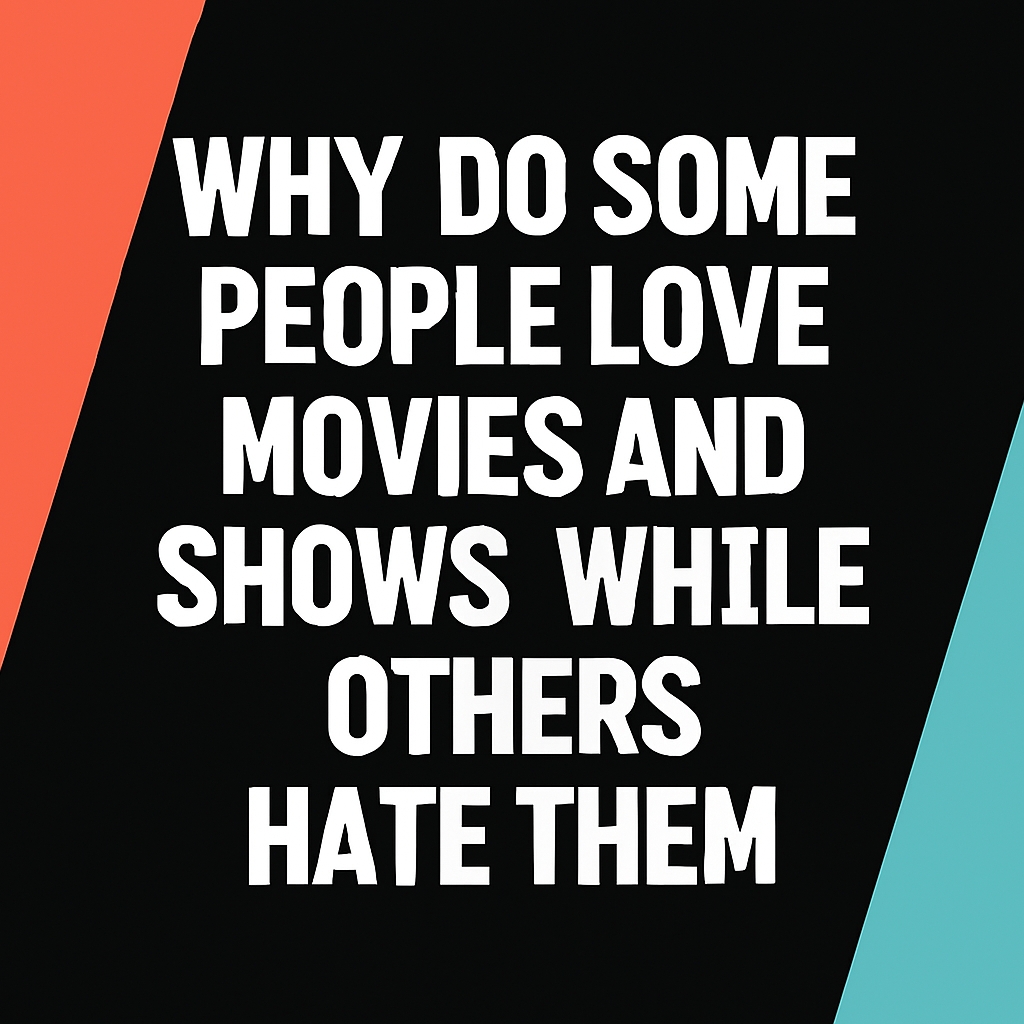
Marketing And Expectation – Hype Versus Reality
Marketing shapes how viewers approach a movie or show. Trailers, posters, and promotional interviews create expectations about tone, genre, and quality. When the actual content diverges from these expectations, it can provoke disappointment or surprise. A heavily promoted show may attract viewers with specific assumptions—about humor, romance, or action—that the show doesn’t fulfill. Conversely, under-promoted or misrepresented titles may exceed expectations and become cult favorites. Viewer satisfaction often hinges on whether the experience matches the promise. Hype can elevate or sabotage a show’s reception. This dynamic is especially volatile in the age of social media, where early reactions spread rapidly. Marketing is not just about visibility—it’s about framing emotional anticipation. When that framing misleads, it distorts the viewer’s emotional response.
| Marketing Strategy | Viewer Expectation | Emotional Outcome |
|---|---|---|
| Genre-focused trailer | Anticipates tone and pacing | Disappointment if mismatched |
| Star-driven promotion | Expects performance quality | Frustration if underdelivered |
| Viral campaign | Anticipates cultural relevance | Backlash if overhyped |
| Minimal marketing | Expects niche or subtle tone | Surprise or discovery |
Viewer Psychology – Emotional Needs And Media Selection
Media consumption is often driven by emotional needs. A viewer may seek comfort, stimulation, validation, or escape depending on their psychological state. These needs shape not just what we watch but how we interpret it. A comedy may feel healing during a period of stress, while a tragedy may offer catharsis during grief. Emotional resonance is not fixed—it fluctuates with life circumstances. This explains why a show once loved may later feel irrelevant, or vice versa. Viewer psychology also affects tolerance for ambiguity, intensity, and complexity. Some viewers crave emotional clarity and resolution, while others embrace uncertainty and depth. Media becomes a tool for emotional regulation, identity reinforcement, and psychological exploration. These internal dynamics are often invisible but deeply influential.
| Emotional Need | Preferred Content Type | Likely Reaction To Opposite Type |
|---|---|---|
| Comfort | Familiar, light-hearted | Avoids intense or dark themes |
| Stimulation | Novel, fast-paced | Bored by slow or repetitive arcs |
| Validation | Relatable, affirming | Rejects alienating narratives |
| Escape | Fantastical, immersive | Dislikes realism-heavy content |
Cultural Memory – Shared Experience And Generational Taste
Generational context shapes how media is received. A show that defined adolescence for one generation may feel irrelevant to another. Cultural memory—shared experiences, historical events, and generational values—creates emotional resonance. For example, a film about the Cold War may evoke nostalgia for older viewers and confusion for younger ones. Generational taste also affects humor, pacing, and moral framing. What one generation sees as edgy, another may view as offensive or outdated. These differences are not just about age—they’re about lived experience. Media becomes a cultural artifact, carrying the emotional imprint of its time. When viewers share that imprint, they connect. When they don’t, they disconnect. Understanding generational context helps explain why some titles feel timeless and others feel trapped in their era.
| Generational Factor | Viewer Reaction | Emotional Connection |
|---|---|---|
| Historical reference | Nostalgia or confusion | Shared vs. missing context |
| Humor style | Familiarity or alienation | Generational tone |
| Social values | Validation or offense | Cultural alignment |
| Iconic moments | Emotional bonding | Legacy vs. irrelevance |
Creative Risk – Innovation Versus Convention
Some viewers celebrate creative risk—unusual storytelling, genre blending, or experimental visuals. Others prefer convention, clarity, and familiar tropes. Innovation can feel refreshing or alienating depending on the viewer’s openness to change. A show that breaks the fourth wall or shifts narrative perspective may be seen as genius by some and gimmicky by others. Risk often divides audiences because it challenges expectations. When innovation feels purposeful and emotionally grounded, it resonates. When it feels self-indulgent or incoherent, it repels. Creative risk is a gamble, and its success depends on execution and audience readiness. Viewers who value novelty may embrace risk, while those who seek comfort may reject it. This tension between innovation and convention fuels many polarized reactions.
| Creative Element | Viewer Response | Emotional Outcome |
|---|---|---|
| Genre blending | Admiration or confusion | Surprise or disorientation |
| Narrative experimentation | Engagement or rejection | Intellectual vs. emotional focus |
| Visual abstraction | Artistic praise or alienation | Aesthetic vs. clarity-seeking |
| Meta-commentary | Depth or pretension | Insight or irritation |
Conclusion – The Subjectivity Of Taste And The Structure Behind It
The love or hate for a movie or TV show is never random. It’s shaped by a matrix of emotional, cultural, psychological, and aesthetic factors. What comforts one person may confront another. What feels profound to some may seem shallow to others. These reactions are deeply personal but structurally patterned. By decoding these patterns—identity, genre, pacing, symbolism, and more—we gain insight into ourselves and others. Taste is subjective, but the forces behind it are often universal. Understanding these forces fosters empathy, appreciation, and richer conversations about media. Entertainment is not just about stories—it’s about the people who watch them. And every reaction, whether love or hate, tells a story of its own.
Join The Discussion – Share Your Viewing Journey
Have you ever loved a show that everyone else seemed to hate? Or hated a movie that critics adored? What shaped your reaction—identity, emotion, culture, or context?
#MediaPsychology #TVTaste #FilmDebate #EmotionalResonance #CulturalCritique #SymbolicStorytelling #ViewerIdentity #ComfortShows #NarrativeAttachment #VisualAesthetics #ParasocialBonding #GenreLove #MoralAlignment #CognitiveLoad #NostalgiaEffect #CreativeRisk
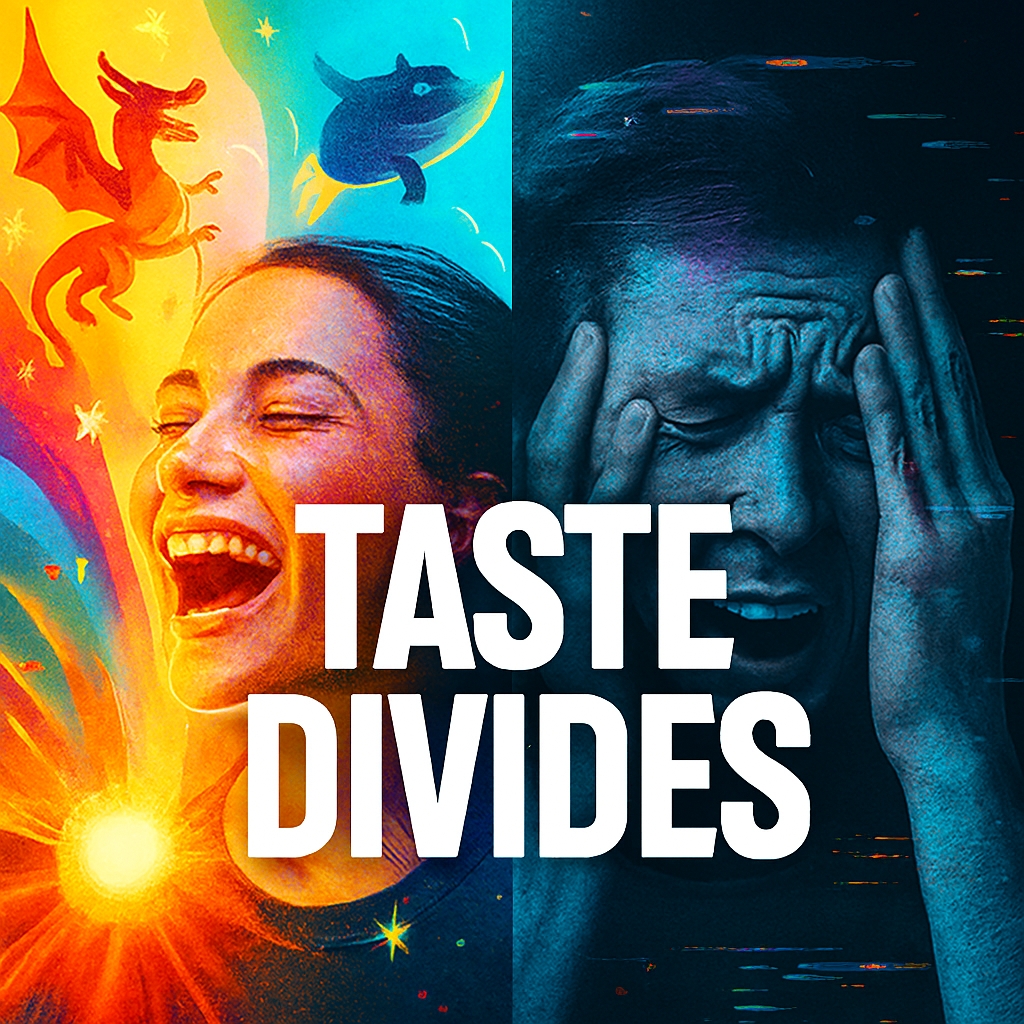
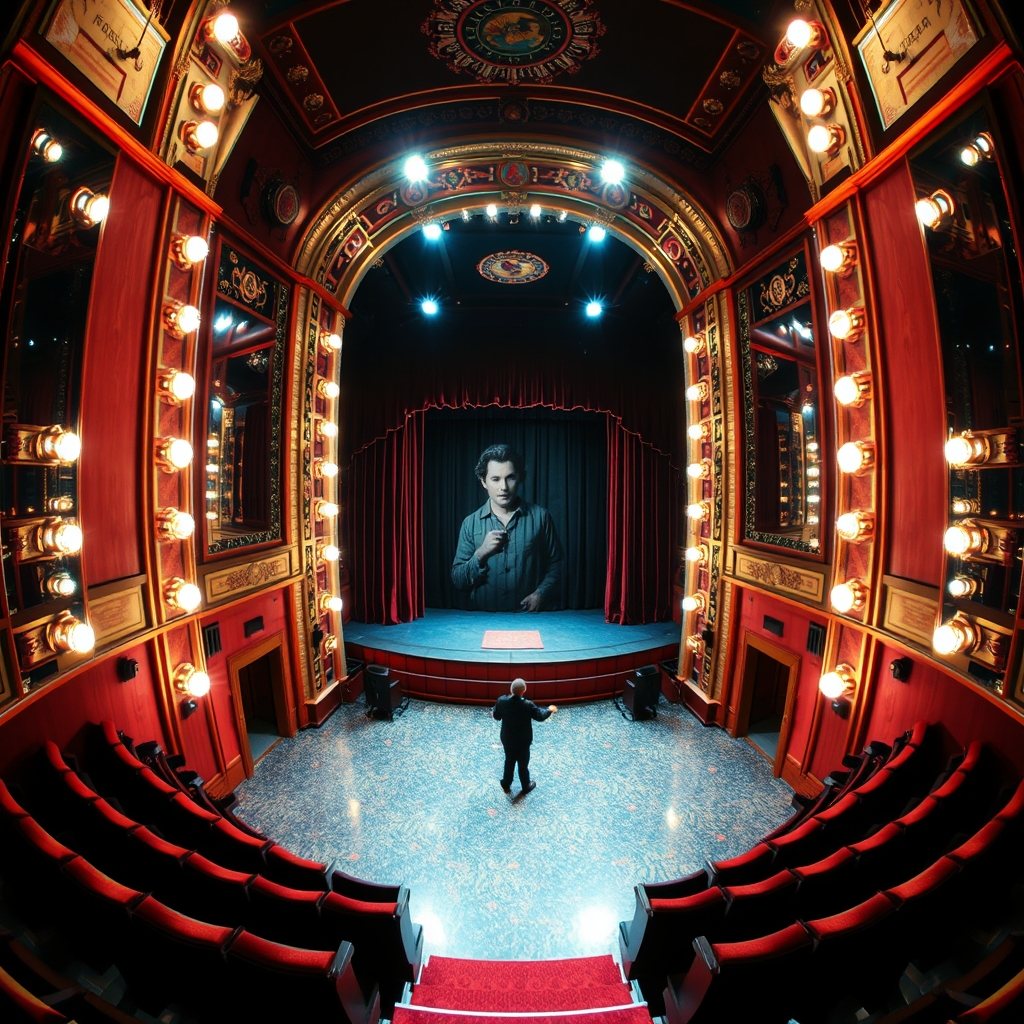


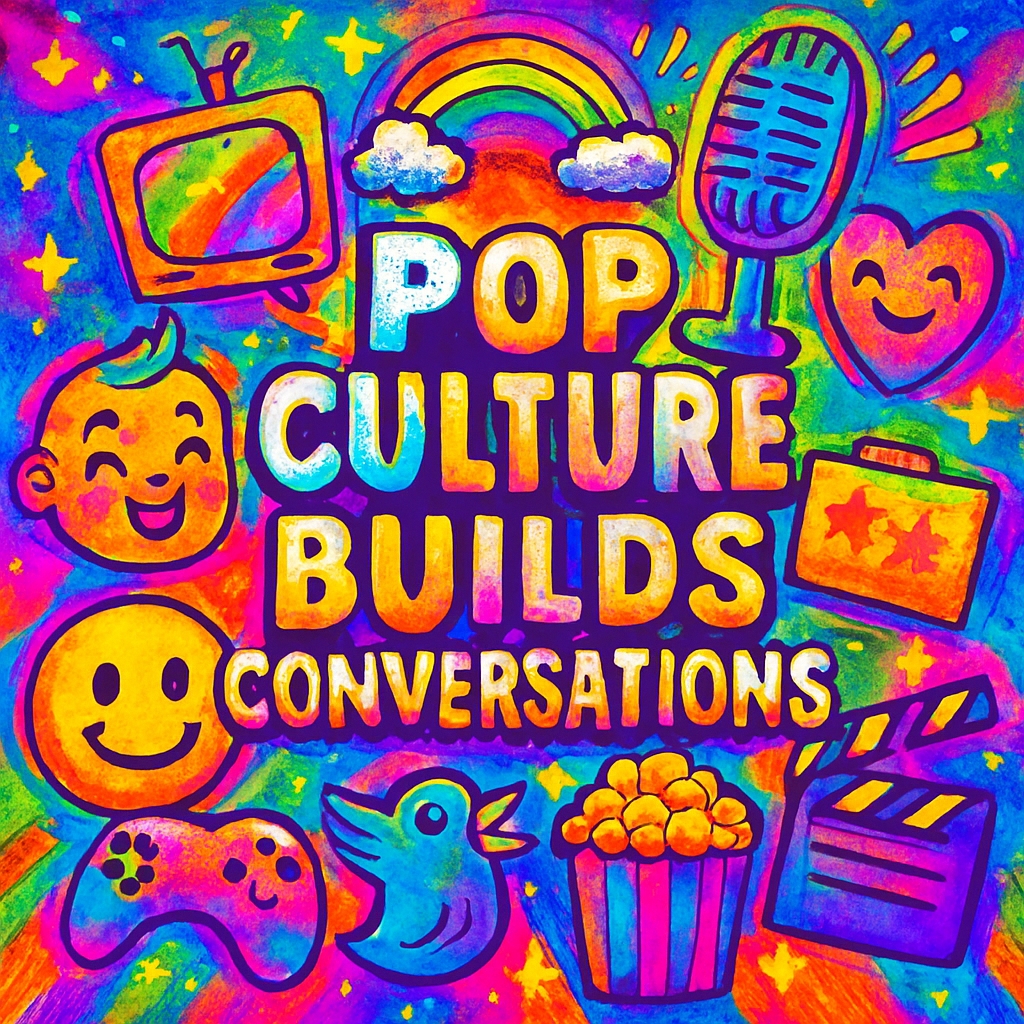
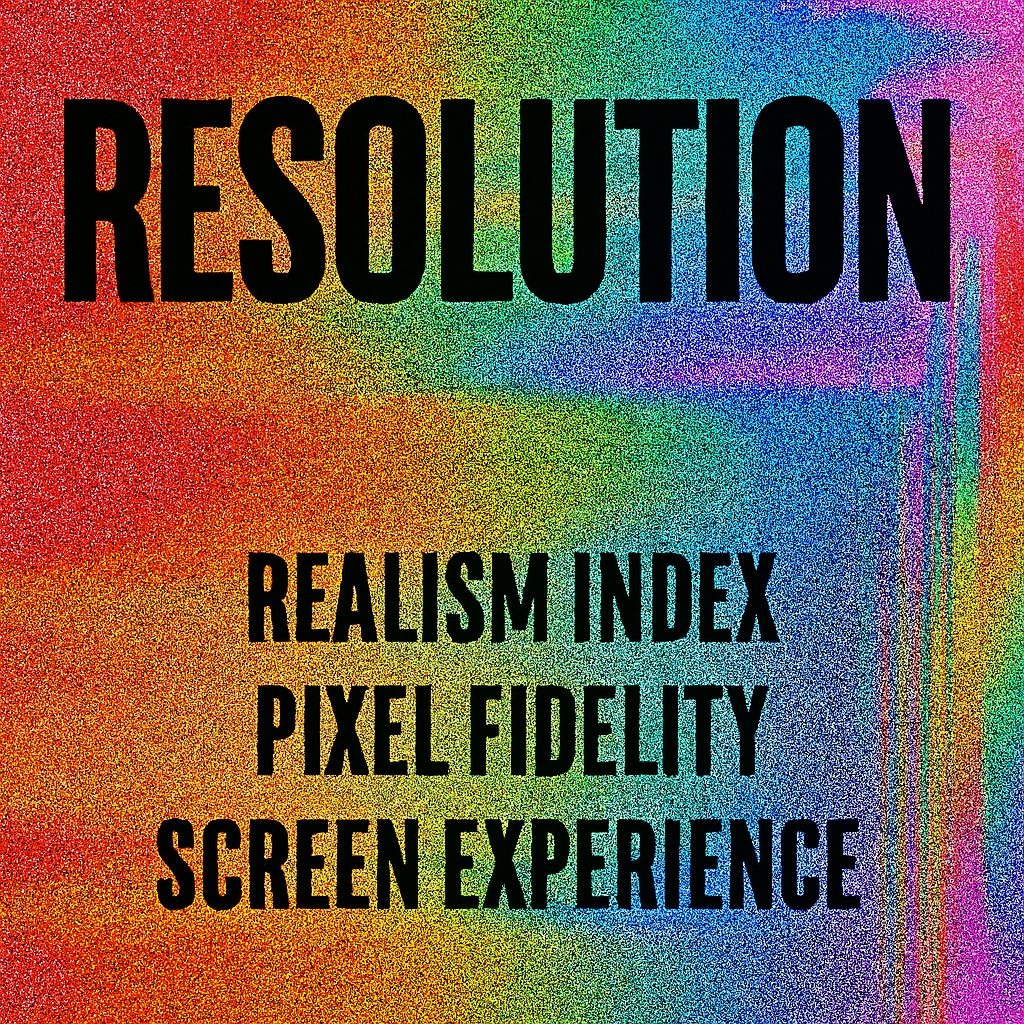
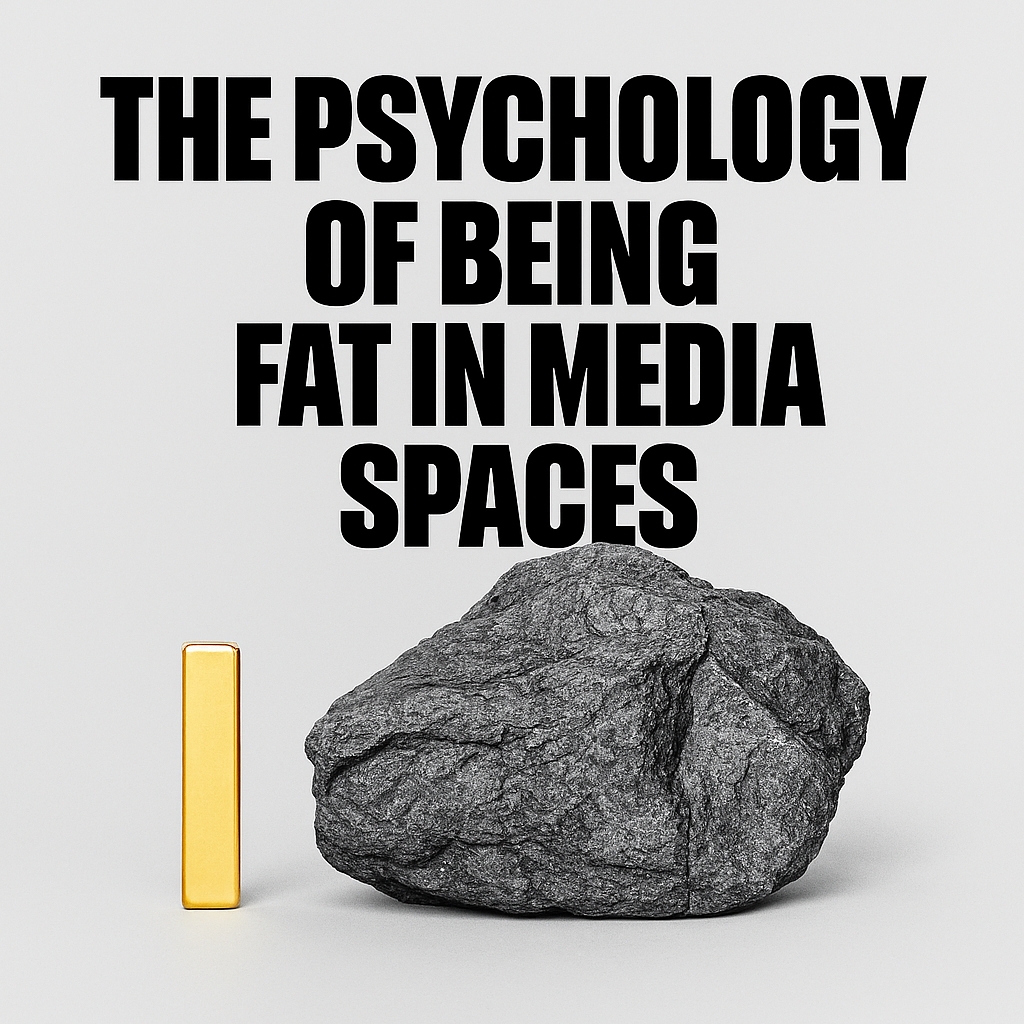

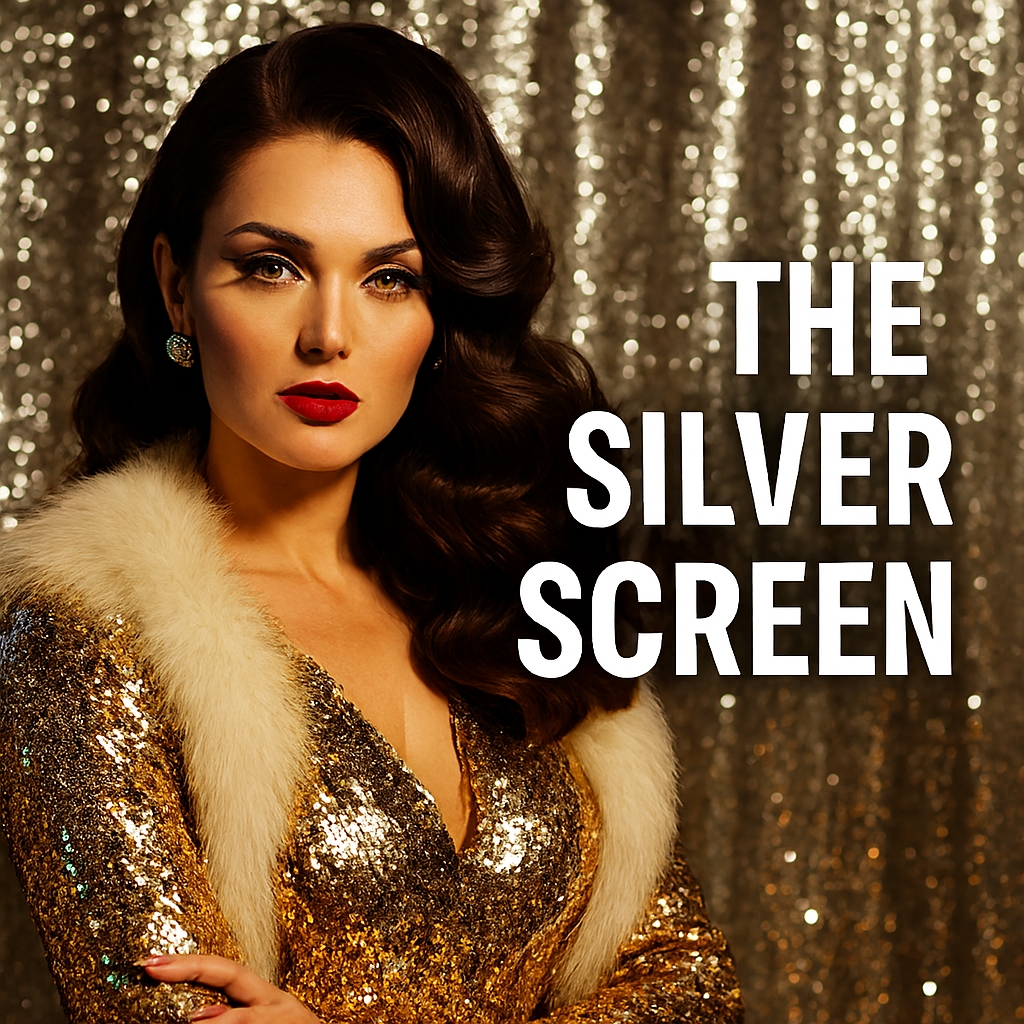

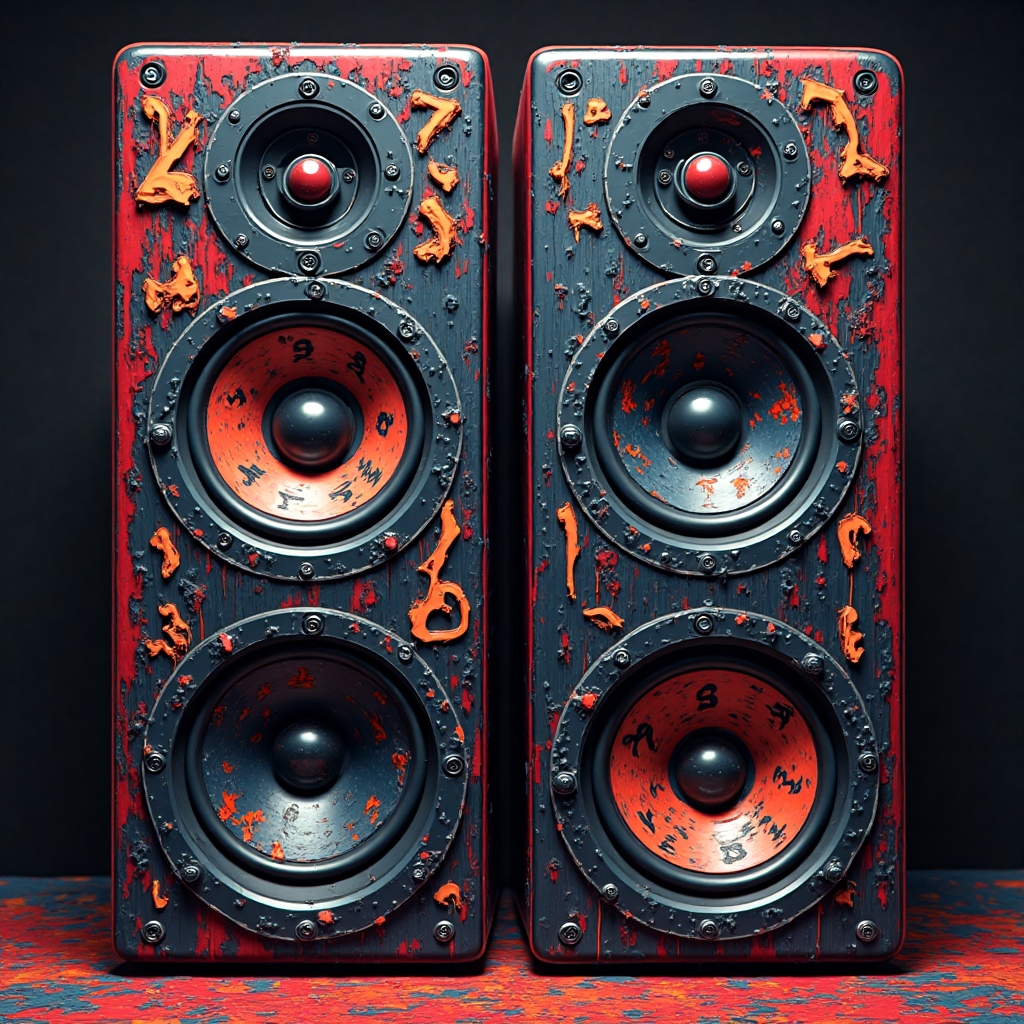

Leave a Reply